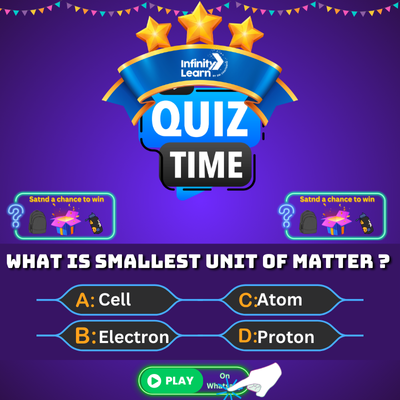Table of Contents
Learning the art of crafting effective sentences is crucial for becoming a compelling English communicator. However, relying on similar sentence structures throughout your speech or writing can lead to monotony and dullness. To enhance the engagement and interest in your communication, this article will guide you through the various types of sentences, complete with examples.
What is a Sentence?
A sentence is a group of words that expresses a complete thought. It begins with a capital letter and ends with a punctuation mark such as a period (.), question mark (?), or exclamation mark (!).
Example:
- The sun rises in the east.
- Are you coming with us?
Why Understanding Sentence Types is Important?
Mastering sentence types can help you:
- Write clear and engaging content.
- Improve your scores in English exams like IELTS, TOEFL, etc.
- Express your thoughts effectively in both writing and speaking.
4 Types of Sentences in English
Understanding these four types will improve your communication skills:
1. Declarative Sentence
A declarative sentence makes a statement and ends with a period (.).
Examples:
- The Earth revolves around the Sun.
- I enjoy reading books in my free time.
2. Interrogative Sentence
An interrogative sentence asks a question and ends with a question mark (?).
Examples:
- What time does the train arrive?
- Are you coming to the party?
3. Imperative Sentence
An imperative sentence gives a command, request, or instruction. It may end with a period (.) or an exclamation mark (!).
Examples:
- Close the door, please. (Request)
- Finish your homework now! (Command)
4. Exclamatory Sentence
An exclamatory sentence expresses strong emotion and ends with an exclamation mark (!).
Examples:
- Wow! That was an amazing performance!
- I can’t believe we won the match!
Sentence Types Based on Structure
In addition to functional types, sentences can also be categorized based on their structure:
- Simple Sentence – It Contains one independent clause. Example: She sings beautifully.
- Compound Sentence – It Contains two independent clauses joined by a coordinating conjunction (e.g., and, but, or). Example: I wanted to play football, but it started raining.
- Complex Sentence- It Contains one independent clause and one or more dependent clauses. Example: Although it was raining, they went for a walk.
- Compound-Complex Sentence – It Contains two or more independent clauses and one or more dependent clauses. Example: Although she was tired, she finished her homework, and she went to bed.
Examples for Each Sentence Type
| Sentence Type | Example |
|---|---|
| Declarative | The sky is blue. |
| Interrogative | What is your favorite color? |
| Imperative | Please turn off the lights. |
| Exclamatory | Oh no! I forgot my keys! |
Practice Exercises & Quiz
Exercise 1: Identify the sentence types:
- Where are you going?
- She loves playing the guitar.
- Shut the window now!
- What a beautiful sunset!
Exercise 2: Rewrite these sentences in different forms:
- Original: The movie was amazing.
- Interrogative: Was the movie amazing?
- Imperative: Tell me how amazing the movie was.
- Exclamatory: Wow! That movie was amazing!
FAQs on Types of Sentences
What are the 4 types of sentences?
The four types of sentences based on their function are: Declarative Sentence, Interrogative Sentence, Imperative Sentence and Exclamatory Sentence.
What are the 4 types of sentences simple compound complex?
The four types of sentences based on their structure are: Simple Sentence, Compound Sentence, Complex Sentence: and Compound-Complex Sentence.
How many types of sentence
There are two main ways to categorize sentences: By Function: Four types (declarative, interrogative, imperative, exclamatory). By Structure: Four types (simple, compound, complex, compound-complex)
What is the easiest way to identify sentence types?
The easiest way to identify sentence types is by looking at their purpose and punctuation: Declarative: Ends with a period and makes a statement. Interrogative: Ends with a question mark and asks a question. Imperative: Ends with a period or exclamation mark and gives a command. Exclamatory: Ends with an exclamation mark and expresses strong emotion. For structural types, look at the number and relationship of clauses
How can I improve my sentence structure?
To improve sentence structure: Vary Sentence Length: Use a mix of short and long sentences. Use Different Sentence Types: Incorporate declarative, interrogative, imperative, and exclamatory sentences. Practice with Exercises: Engage in writing activities that focus on different sentence structures. Read Widely: Pay attention to how authors use sentence structure in their writing
What are some fun activities to practice sentence types?
Here are some fun activities to practice sentence types: Sentence Sort: Create cards with different sentence types and have students sort them. Sentence Relay Race: Students pass sentence cards and identify the type. Sentence Slam: Challenge students to create as many sentences as possible within a time frame. Sentence Detective: Identify sentence types in a passage. Types of Sentences Game Show: Engage students in a competitive quiz format








